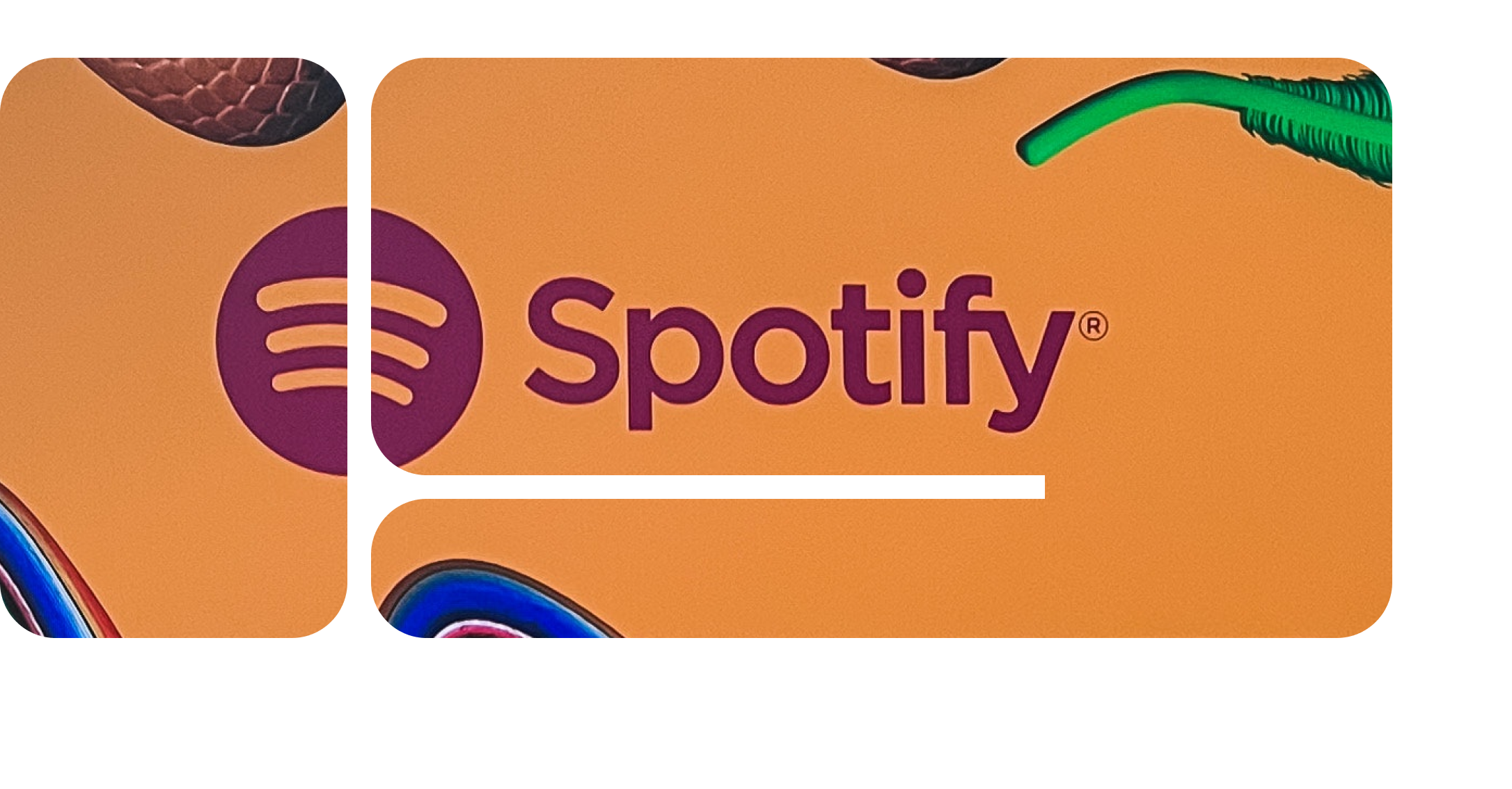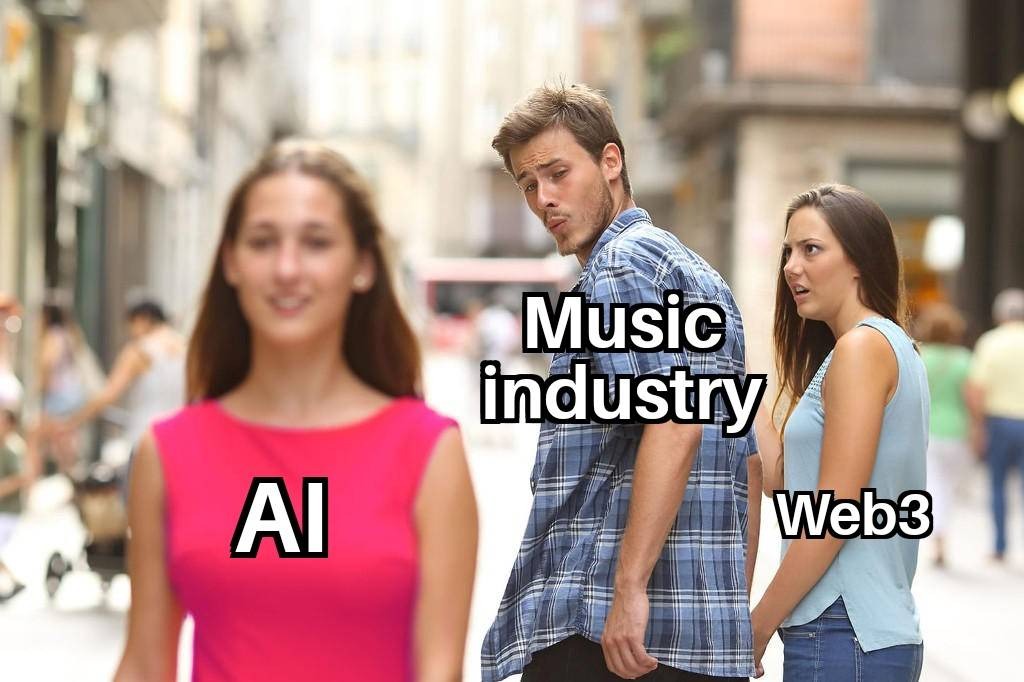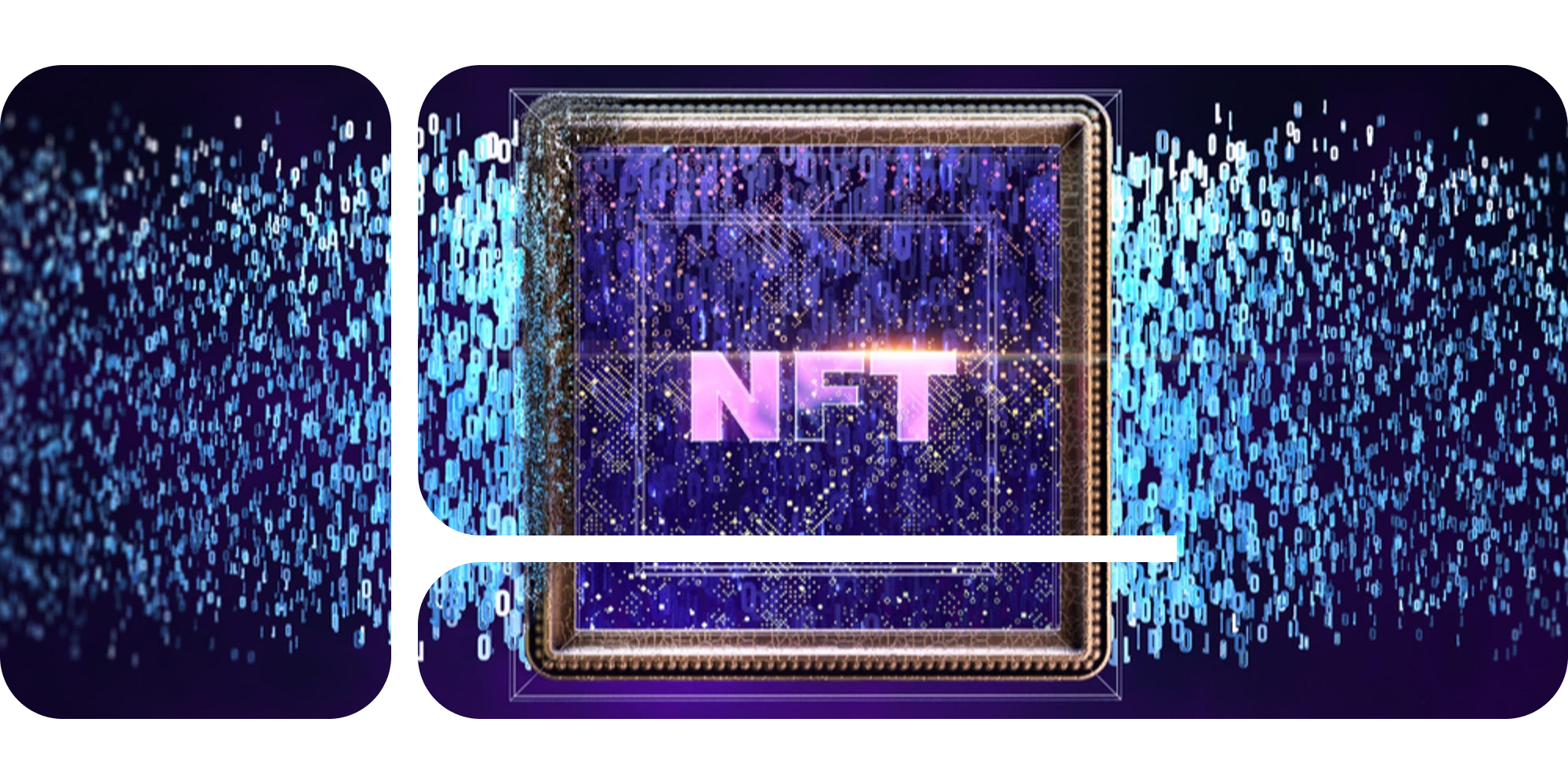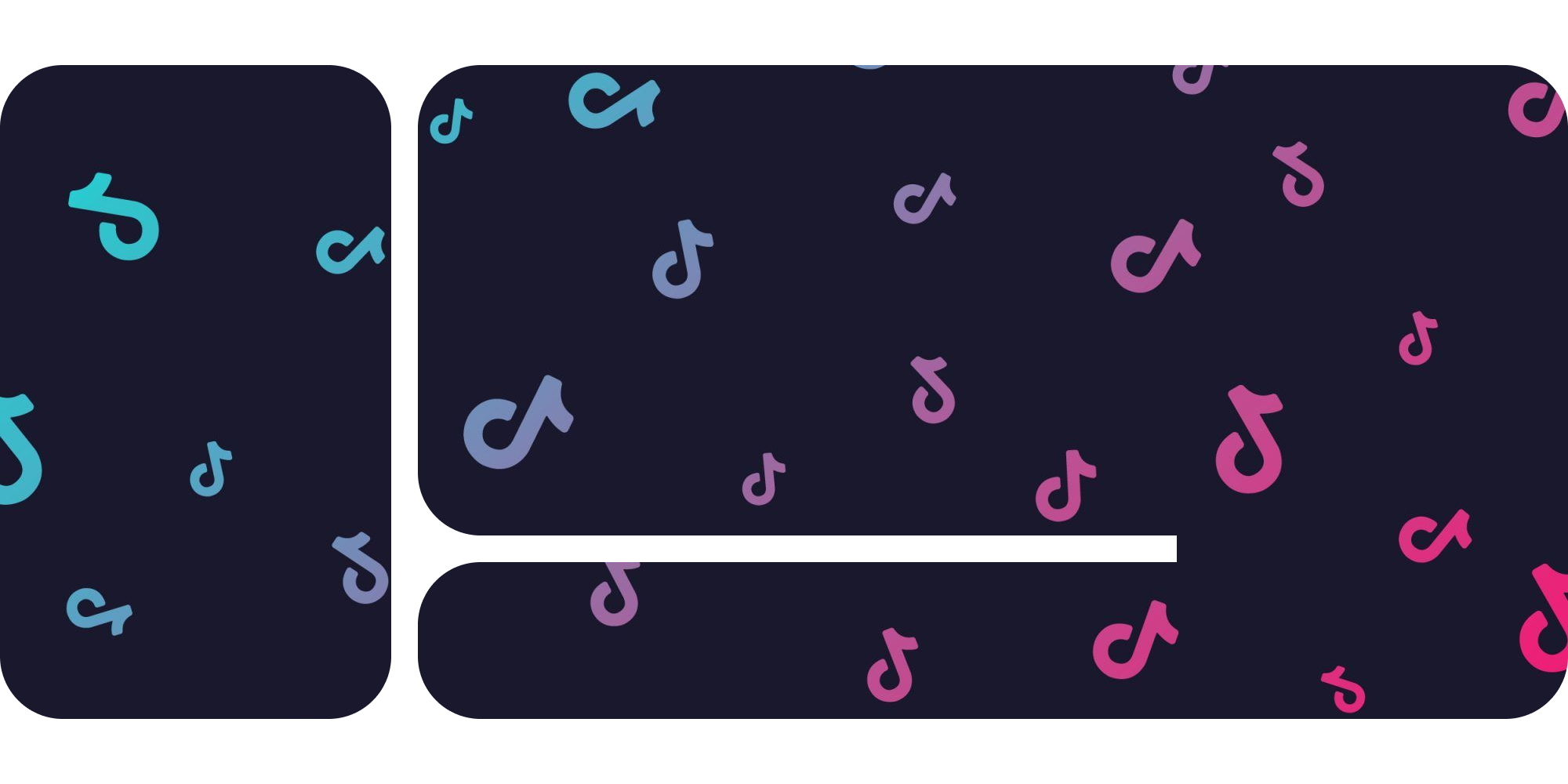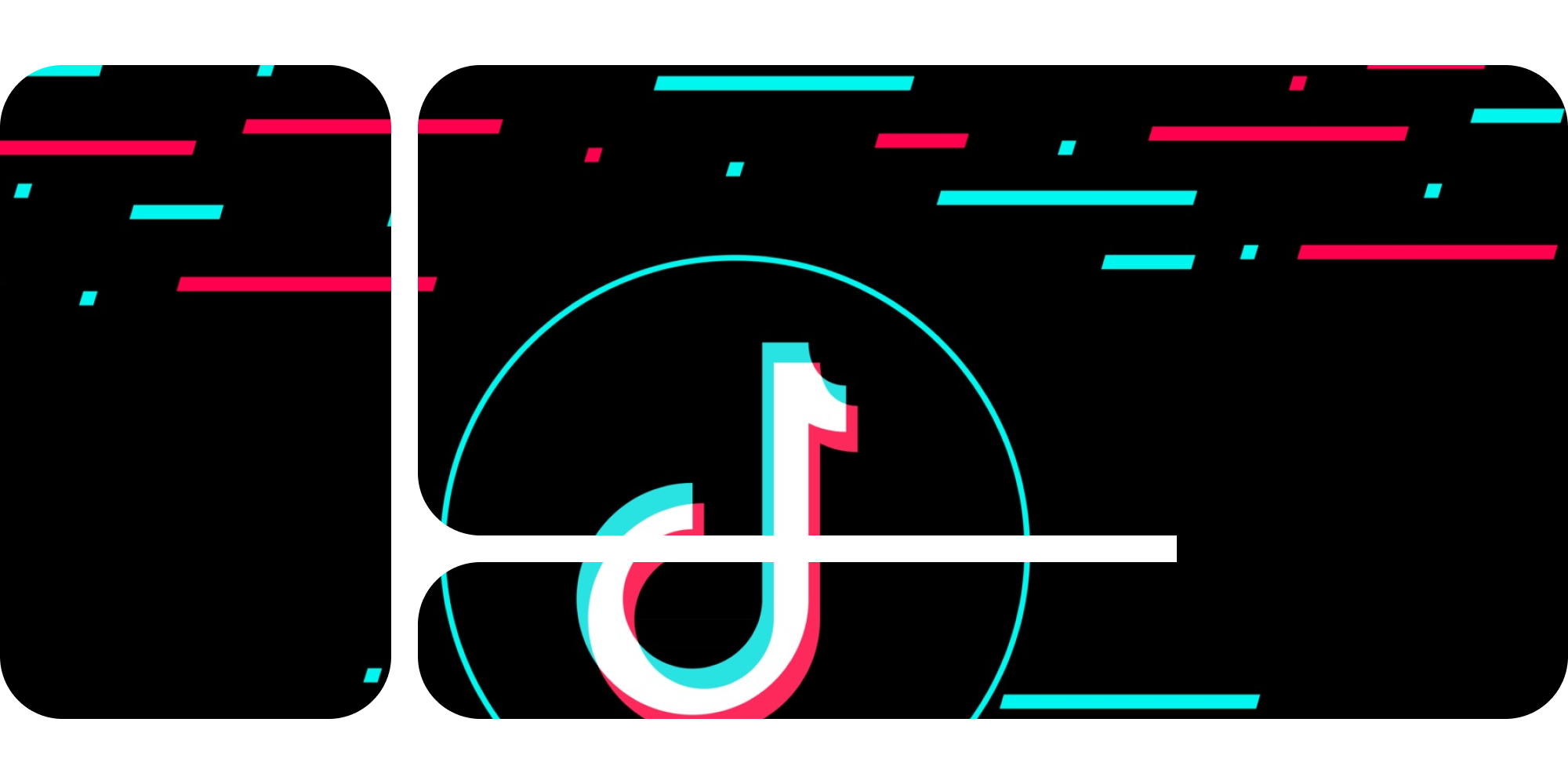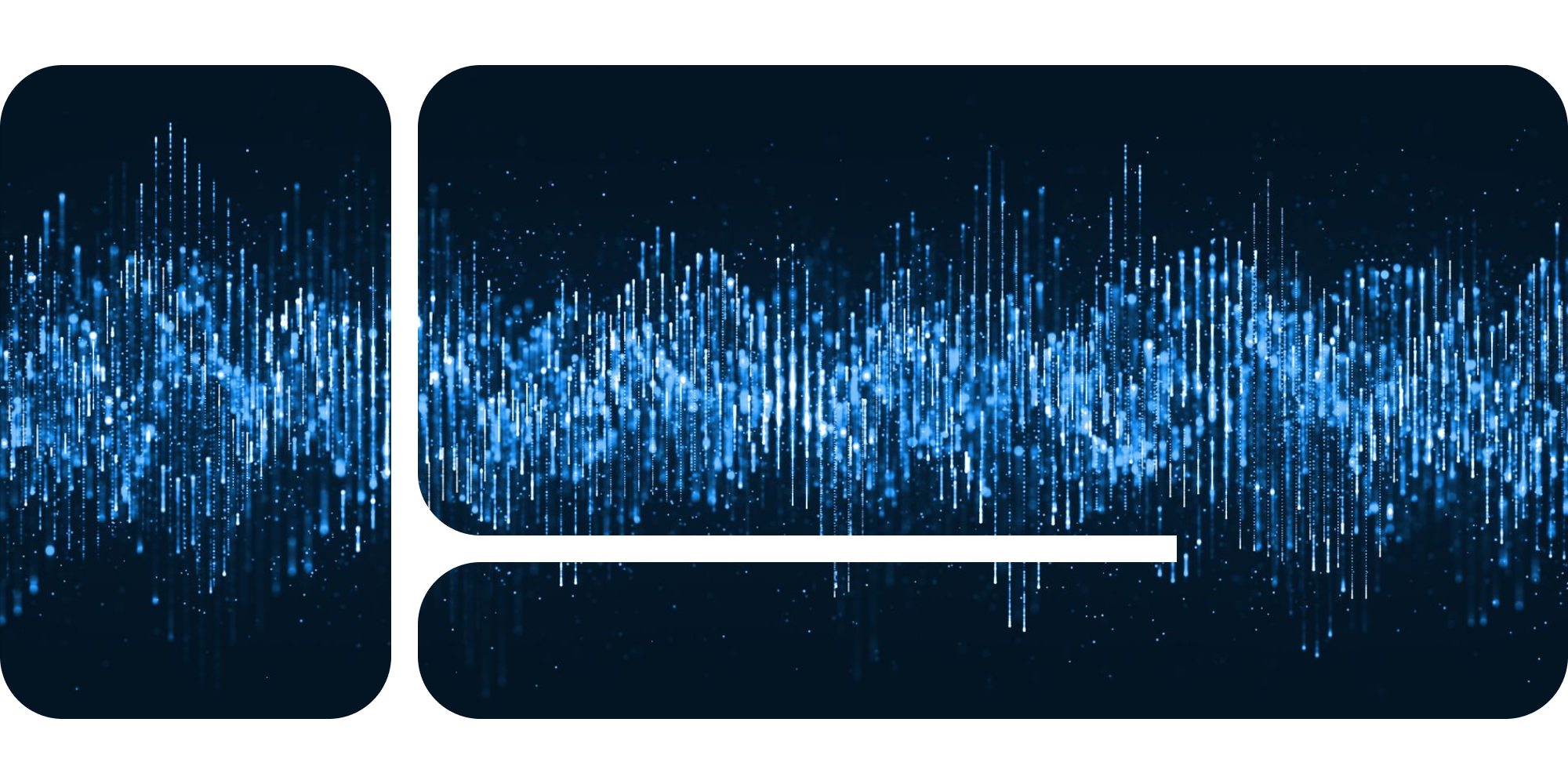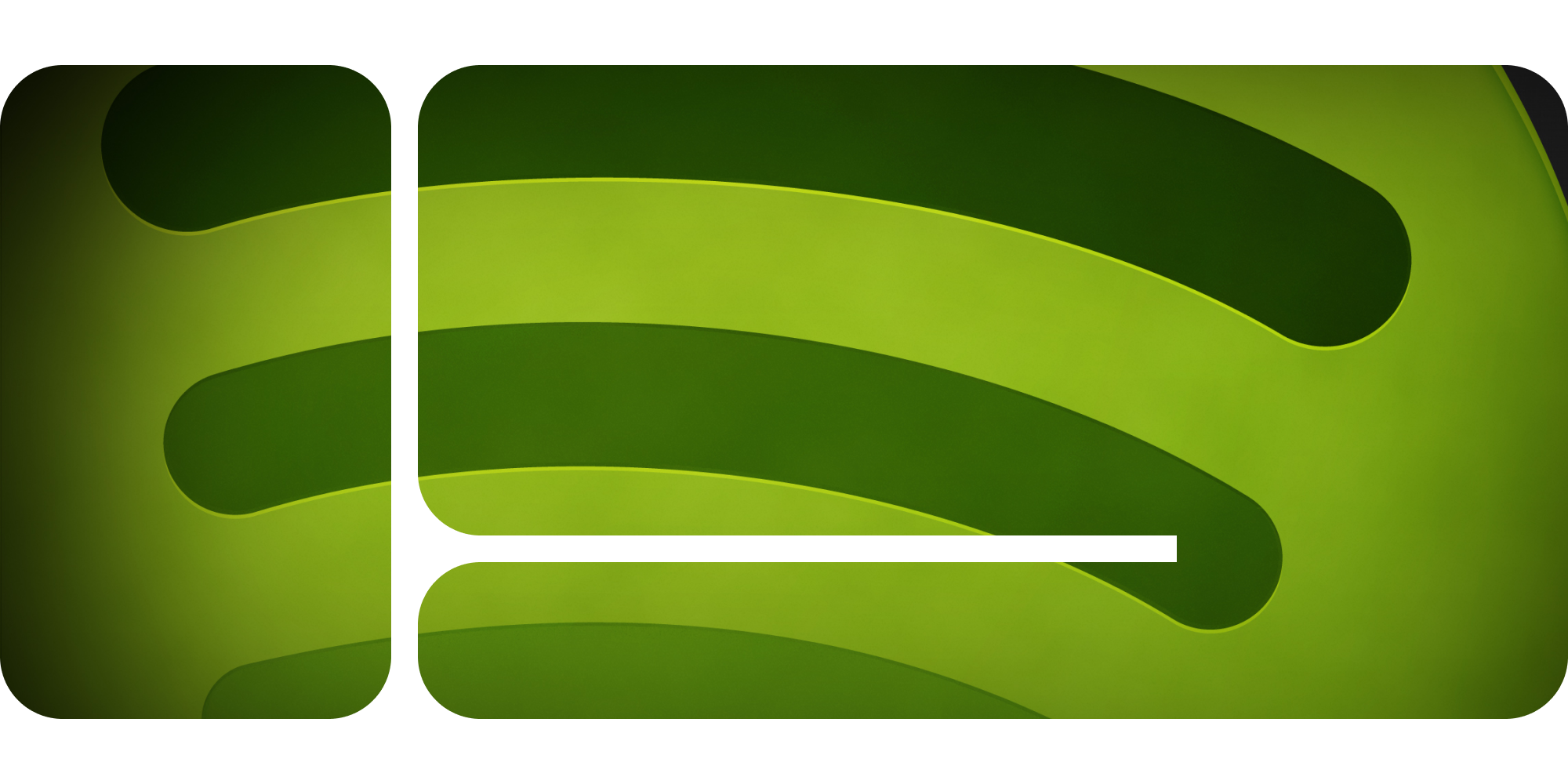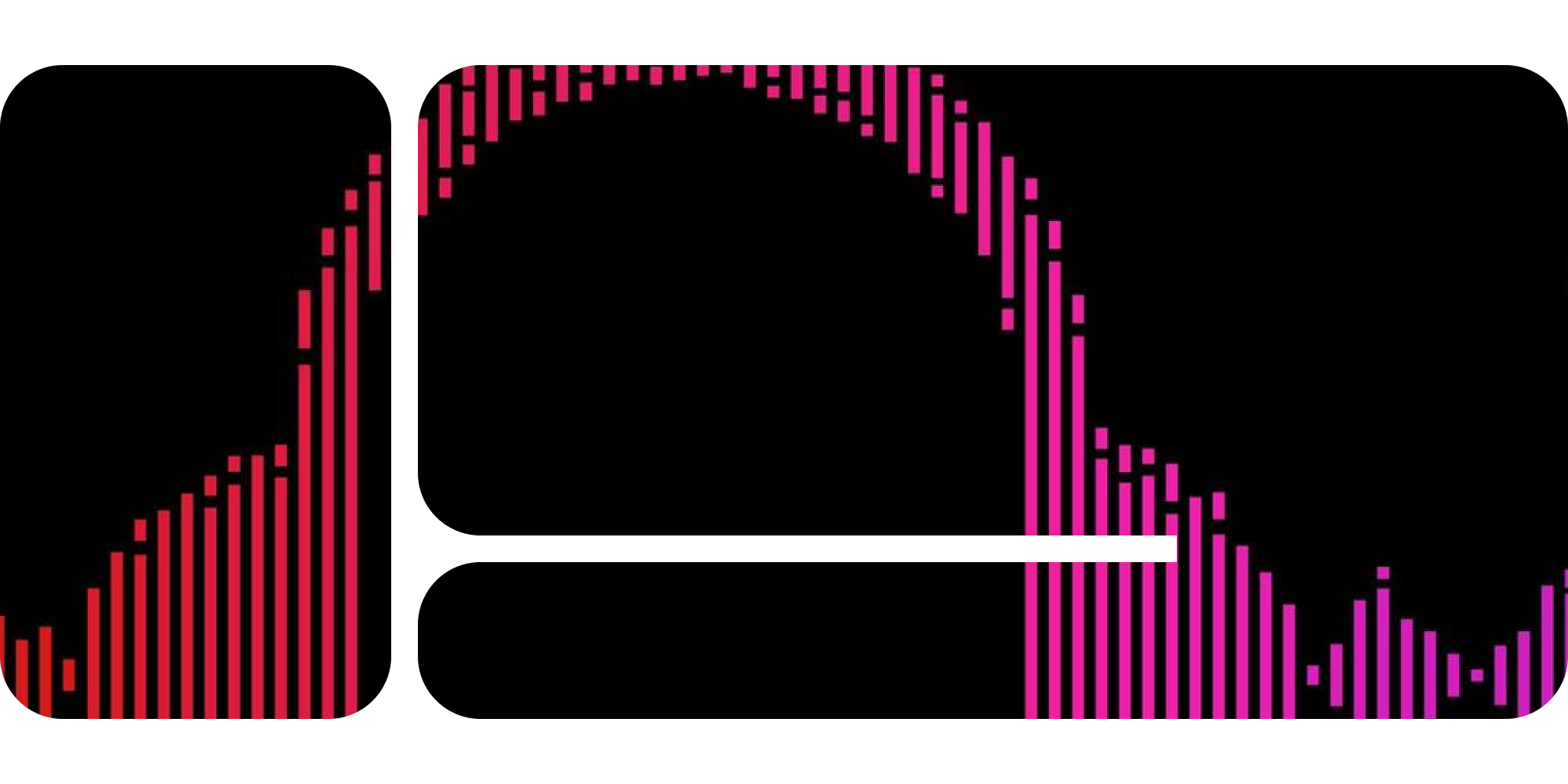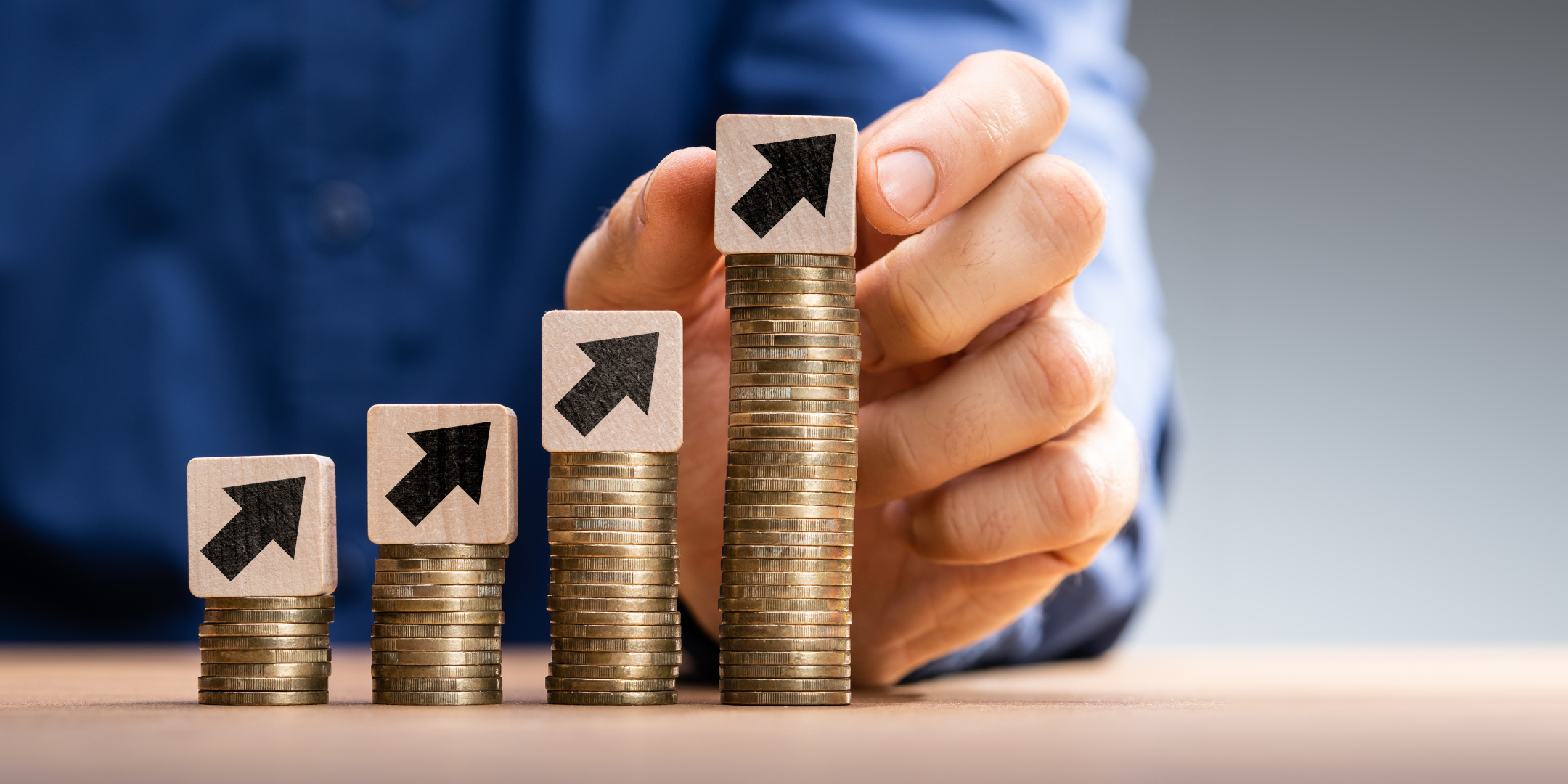Industry Groove – Week 12

Actually, I wanted to write an extensive intro in which I draw a connection between the downfall of Credit Suisse and the music industry. However, I’ll refrain from doing so and am simply glad that I haven’t parked a single penny with big banks that are hardly distinguishable from criminal organizations for many years now. In good times, they dole out billion-dollar bonuses, and in bad times, the government, aka us taxpayers, have to shoulder the burden. Thanks for nothing!
Will the USA force ByteDance to sell TikTok?
- Sometimes I wish I had a crystal ball to see into the future. For example, in the whole TikTok ban saga, which seems a bit like an (economic) crime novel. Will there really be a ban, or is it just power games?
- The latest development: The Biden administration has apparently resurrected an old idea from the Trump era, namely that ByteDance must sell the US business of TikTok.
- As expected, TikTok doesn’t think much of this and also questions the benefit to national security, which according to many US politicians is being threatened (which may even be true, but then the question arises of how the security of the rest of the world is doing, which uses the products of US tech giants and happily feeds the US intelligence agencies).
- More and more countries are banning their government officials from using TikTok. Meanwhile, the UK has followed suit including the venerable BBC.
- But the much more decisive question is: would the United Kingdom or the EU follow suit if the US were to actually ban TikTok?
- TikTok CEO Shout Zi Chew will even appear before the US Congress (today, to be exact), where he will defend and clarify that his company has no connection to the Chinese government. He also mentioned in passing that TikTok now has 150 million users (and 7,000 employees) in the US, who would of course all lose their access to the app if there was a ban.
Meta ends NFT experiment and lays off 10k more workers
- Mark Zuckerberg has declared the year of efficiency, which surprisingly includes Meta withdrawing from its crypto projects. The integration of NFTs will therefore not be continued for the time being.
- It will no longer be possible to mint and sell NFTs on Instagram, nor will you be able to show off your NFT collection on Insta and Facebook in the future.
- This is surprising mainly because the metaverse continues to have a high priority and NFTs are actually inevitably associated with it.
- Meta is also bringing more “efficiency” to its employees. After 11,000 workers had to leave at the end of last year, the layoff of 10,000 additional workers has now been announced. In addition, 5,000 open positions will not be filled.
Global Recorded Music Revenues grow for eighth consecutive year
- Every spring, IFPI releases the latest numbers on “Global Recorded Music Revenues” – i.e. the revenue generated by the music industry, excluding publishing and live music. Also, every year MIDiA publishes its figures on the state of the music industry a few days before IFPI. Now both are available.
- According to IFPI, global revenue was $26.2 billion, up 9%. MIDiA sees growth at 6.7% to $31.2 billion. This is significantly less than in 2021, where MIDiA saw growth at a whopping 24.8%. However, MIDiA analysts note that the 6.7% growth is still a success given the difficult economic environment.
- Streaming generates the most revenue, of course, according to IFPI, with $17.5 billion (up 11.5%), representing a market share of 67%. MIDiA sees growth at 8.3%, which brings them to $20 billion, representing 64.1% of total revenue.
- Globally, 589 million people are said to pay for a streaming subscription. Last year there were only 523 million.
- Physical sales have also grown, by 4% to $4.6 billion, representing 17.5% of total revenue.
- Sub-Saharan Africa grew the most at 34.7%, followed by Latin America (25.9%) and the Middle East and North Africa (23.8%). North America (5%) and Europe (7.5%), on the other hand, are almost stagnating.
- MIDiA also estimates market share. They see the Universal Music Group at 29.5%, while indie labels and artists who work directly with a distributor come together at 34.6%.
Albums are getting longer
- Streaming is causing albums to get longer or, more importantly, to include more songs. The calculation is simple: more songs = more streams.
- In 2022, the top 10 albums in the Billboard charts had an average of 19.1 songs and lasted 69.9 minutes.
- The trend is clear: in 1977, there were 10.3 songs and 45.1 minutes, in 1992 11.9 songs and 51.1 minutes, and finally in 2014, 13.2 songs and 51.9 minutes.
- From 2014, streams counted for the Billboard charts, and the length skyrocketed.
- In this article I had already discussed whether overly long albums contribute to the steady decline in interest in the album format.
Fewer DIY artists earned over 10K on Spotify
- Two weeks ago, I presented you with the latest figures from Spotify’s Loud & Clear. Now, MBW has delved deeper and discovered an important figure.
- Specifically, the number of DIY artists who received more than $10,000 from Spotify decreased from 15,140 to 14,700.
- Although 440 is not a huge drop, it is surprising because the numbers are otherwise steadily increasing and more DIY artists are uploading their music to Spotify year after year.
- As mentioned above, DIY artists are generating more revenue overall. However, it seems that this revenue is being spread out among a large number of artists.
Spotify HiFi is coming – just don’t ask when
- It has been over two years since Spotify announced its HiFi offering. Since then, there has been silence, and there were no updates at the Stream On event either.
- Now, Spotify Co-President Gustav Söderström has broken the silence with The Verge, but didn’t say much.
- Söderström said that the industry changed after the announcement, and as a result, the launch was put on hold. However, HiFi is still coming: “We will do it, but we will do it in a way that makes sense for us and our listeners. The industry has changed, and we had to adapt.”
- From a technical perspective, the feature has apparently been ready for over a year and is already being used by Spotify employees.
- However, the plan was to offer HiFi at an extra cost, which became difficult after Apple Music offered it for free, and Amazon followed suit.
- Offering it for free is still not an option, so it will likely become part of a new premium offering – someday.
Can AI-generated music have a fanbase?
- As mentioned multiple times before, AI is currently dominating the music industry.
- However, Tatiana Cirisano from MIDiA believes that soon, no one will care whether AI was involved in a song, just as no one cares if a track was made on a laptop or in a studio.
- But it’s clear that AI music will create even more competition in an already oversaturated market.
- One question that keeps coming up is whether AI-generated music can touch people in the same way that music created by humans does. Or, in other words, can people become fans of AI-generated music and AI artists?
- Tatiana Cirisano thinks it will probably be possible because, as important as an artist’s personality is, ultimately, it’s the label’s marketing team that makes someone a fan. And they can do that for AI music as well.
- The main takeaway is that fandom will become even more important, especially because the music may be less distinguishable in terms of quality. So, standing out through the ability to build a fanbase will become more critical. But of course, AI knows that too…
Bonus Reads
- A study by New York University found that the first 5 seconds of a song are crucial in determining whether someone likes a track or not. This is even shorter than what was
expectedfeared. - Not only is Meta laying off workers, but Amazon has also announced a second wave of layoffs affecting 9,000 people in AWS, Twitch, and other units. Last year, 18,000 people had to leave, and now another 9,000 positions are being cut. The Amazon-owned Twitch will also be affected by the layoffs, with 400 jobs being eliminated.
- Vinyl pressing plants are fully booked due to the continuously increasing demand, resulting in long waiting times for artists and fans. Metallica alone pressed over 900,000 vinyl records in 2022, even without releasing a new album. Their solution to keep their loyal fans supplied with new vinyl? Simply buy a pressing plant themselves.
